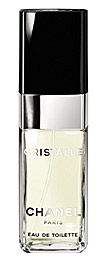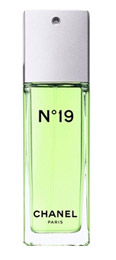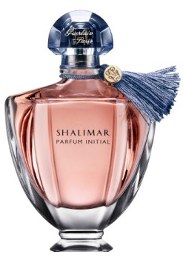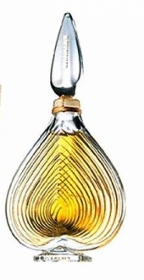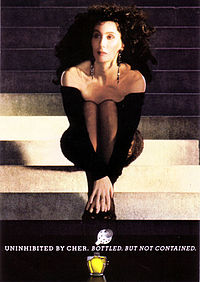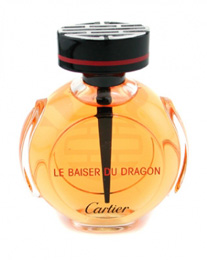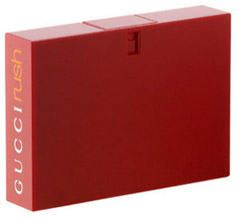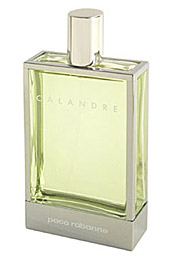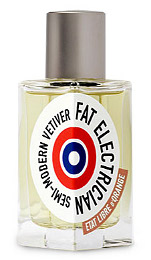Chanel Cristalle is the green, grassy, floral prettiness that came out in 1993. Juicy Couture’s recent release, Peace, Love and Juicy Couture was reminiscent of this beautiful chypre.
In Bottle: Cristalle opens remarkably like Peace, Love and Juicy (or should PL&J be said to open like Cristalle?) It’s green with a little bit of earthiness and a whole lot of nice.
Applied: Green and clean, the bergamot might help on that front a little but there’s definitely a bit of grassiness in there too. PL&J is remarkably similar to Cristalle in the opening but as Cristalle starts to age, I get a bit more personality and more depth, though the two fragrances are a bit alike. The floral notes in the midstage are beautifully blended together with a dense and sensual woodsy note. As the fragrance keeps aging toward the dry down there’s a bit of a dry hay-like fragrance that mingles with this warm green quality. There’s a bit of the florals still present in the dry down but the vetiver and warm woods from the midstage is definitely what I smell the most.
Extra: Cristalle, the Eau de Toilette (reviewed in this post) was composed by Henri Robert in 1974. Robert was also responsible for Chanel Pour Monsieur and Chanel No. 19. The Cristalle Eau de Parfum was composed by Jacques Polge at a later date. Jacques Polge being the nose behind Chanel Beige, Chanel Egoiste, and many more.
Design: Cristalle Eau de Toilette has changed its look over the years and Chanel doesn’t help matters by having different versions bottled in different ways. The Cristalle I saw was similar in appearance to No. 19 with the same relative shape but with a black cap. Regardless, it was all very classy and timeless as per usual for Chanel.
Fragrance Family: Chypre
Notes: Bergamot, lemon, hyacinth, rosewood, oak moss, vetiver.
Cristalle is one of those Chanel fragrances that make me think of the fragrance house’s illustrious past. When I think “Chanel Perfume”, Cristalle’s a part of that collection.
Reviewed in This Post: Cristalle, 1998, Eau de Toilette.




